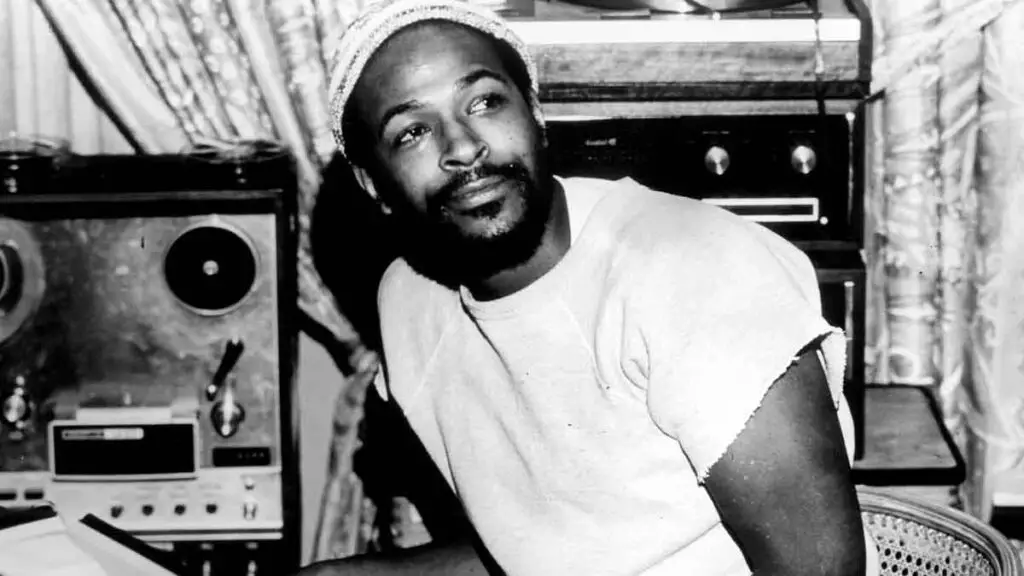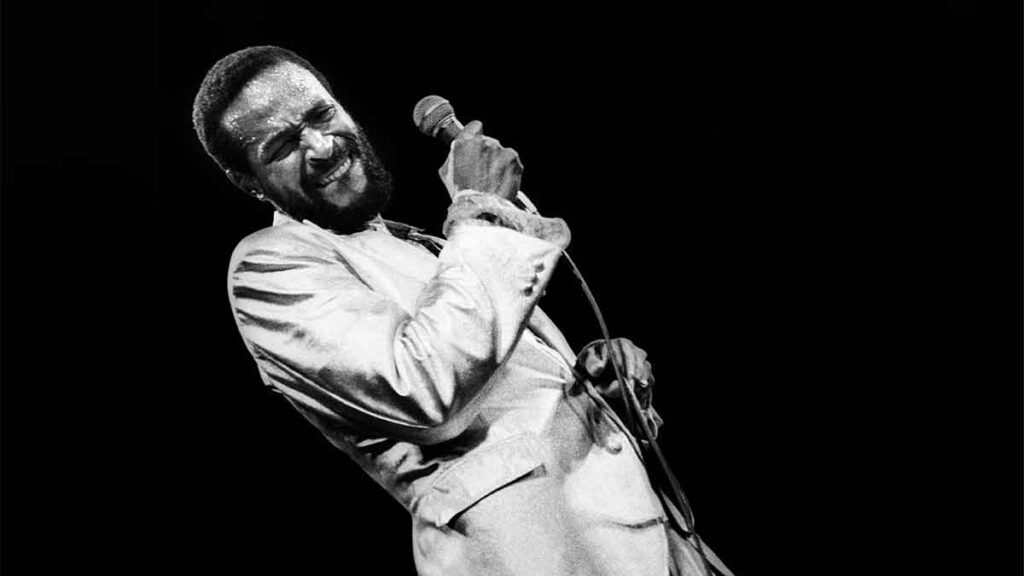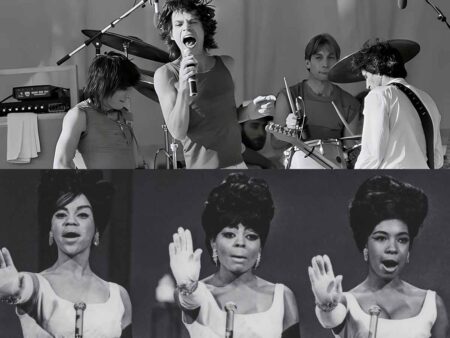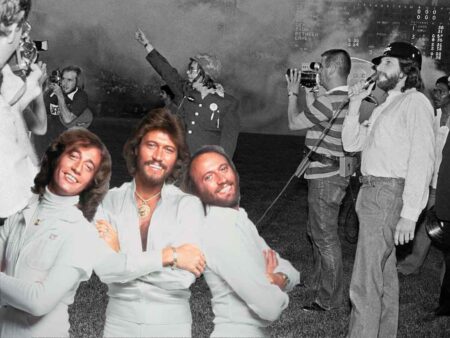Marvin Gaye’s I Heard It Through the Grapevine is one of the most iconic songs in music history. Released in 1968 as a single and later included on his 1969 album M.P.G., the song became a huge success and marked a turning point for both Gaye and Motown Records. More than just a hit, it helped push Motown toward deeper, more emotional music.
Contents
The Songwriters Behind the Hit
The song was written by two of Motown’s most important songwriters, Norman Whitfield and Barrett Strong. Whitfield, originally from Harlem, moved to Detroit as a teenager and became one of the key figures in shaping the Motown sound.
Strong, a Mississippi native, had been with Motown since its early days. He first made a name for himself as a singer with Money (That’s What I Want), Motown’s first big hit, before shifting to songwriting.
Together, Whitfield and Strong wrote some of Motown’s most famous songs, including Just My Imagination and Cloud Nine for The Temptations, War for Edwin Starr, and Papa Was a Rollin’ Stone for The Undisputed Truth. Their work on I Heard It Through the Grapevine became one of their greatest accomplishments, solidifying their influence on soul music.
The Making of a Classic
Before Marvin Gaye recorded his version, I Heard It Through the Grapevine had already been recorded by other artists, including Smokey Robinson & the Miracles and Gladys Knight & the Pips. Gladys Knight’s version, released in 1967, was an upbeat, energetic take that became a hit. However, Whitfield believed the song would be even stronger as a slow, moody piece.
Gaye’s version, recorded earlier but initially set aside, emphasized the song’s tension with haunting orchestration, dramatic background vocals from The Andantes, and a passionate vocal delivery. Instead of being just another Motown dance track, Gaye’s version turned the song into an emotional, heart-wrenching plea.
Whitfield reportedly encouraged Gaye to sing in a higher key than usual to add more intensity. In later live performances, Gaye lowered the key, making the song sound more relaxed but still deeply moving.

Breaking Records and Changing Motown
When Motown finally released Gaye’s I Heard It Through the Grapevine in October 1968, it quickly climbed to No. 1 on the Billboard Hot 100, staying there for seven weeks. It became Motown’s best-selling single at the time, proving that soul music could be both commercially successful and emotionally powerful.
More than just a hit song, Grapevine helped change Motown’s musical direction. The label had built its reputation on polished, catchy songs, but this track showed that darker, more serious themes could also connect with audiences.
Berry Gordy, the founder of Motown, had initially been hesitant to release Gaye’s version, but after its success, he embraced the idea of expanding Motown’s sound.
Marvin Gaye’s Artistic Growth
By the late 1960s, Marvin Gaye was looking for more creative freedom. While he had built his career on romantic songs and duets, I Heard It Through the Grapevine revealed a deeper, more intense side of his music. The song’s brooding atmosphere and Gaye’s heartfelt delivery set the stage for the bold artistic choices he would make in the years ahead.
Gaye later said that Grapevine helped him take his music in a more personal and socially aware direction. This shift led to his groundbreaking 1971 album What’s Going On, which tackled issues like war, poverty, and social injustice. The emotional depth he first explored in Grapevine became a defining part of his later work.

A Song That Keeps Living On
More than 50 years later, I Heard It Through the Grapevine remains a classic. It has been covered, sampled, and featured in countless movies, TV shows, and commercials, keeping its legacy alive for new generations.
In the 1970s, Creedence Clearwater Revival recorded a famous 11-minute version of the song for their album Cosmo’s Factory, which became a favorite on FM radio. In the 1980s, the song gained new popularity through a Levi’s commercial in the UK and was introduced to younger audiences when the California Raisins used it in a hugely popular animated ad campaign.
The Legacy of Its Creators
Motown historian Adam White called Grapevine “the perfect blend of raw emotion and studio perfection—something only Motown could achieve.” Many musicians, including Otis Redding and Al Green, have praised the song as a masterclass in vocal storytelling.
Whitfield and Strong continued shaping Motown’s sound long after Grapevine. Whitfield later left Motown to start his own label, while Strong returned to performing. In 2004, both were inducted into the Songwriters Hall of Fame, recognizing their lasting impact on music.
Today, I Heard It Through the Grapevine is remembered not just as one of Marvin Gaye’s greatest songs, but as a turning point for Motown. It proved that soul music could be deeply emotional while still reaching the top of the charts.




